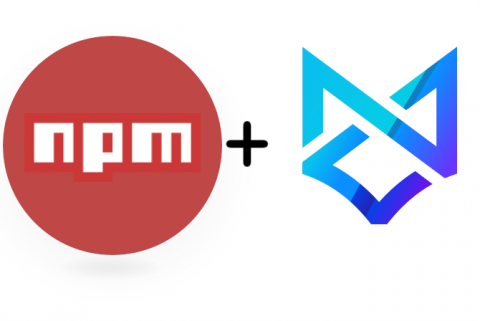Node.js vs. Deno vs. Bun: JavaScript runtime comparison
JavaScript runtimes help you build advanced, server-driven JavaScript projects that aren't dependent on the user's browser to run. There are several choices of runtimes available, with the supremacy of the old stalwart Node.js being challenged by Deno and Bun. Deno is the latest project produced by the same developer who originally created Node.js, Ryan Dahl, back in 2009.










